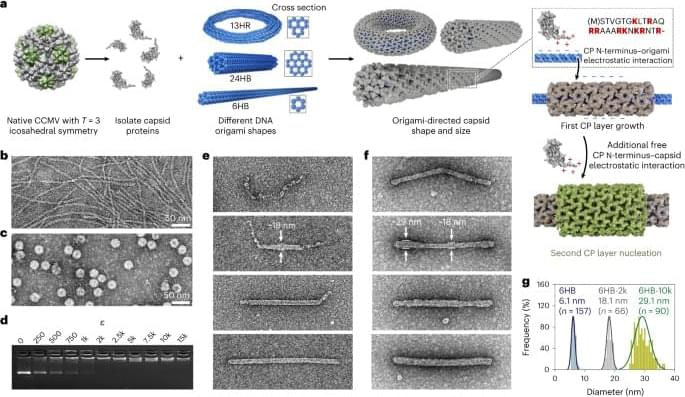SpaceX set a new record and did a launch at the same tower only 3 days, 22 hours, and 33 minutes after the last launch there. And this was after the launch was rescheduled due to bad weather.
If SpaceX could maintain a pace of once every 4 days for all 3 towers, they would be doing about 274 launches/year! While they clearly won’t launch that fast in the near future, they are gaining steam. And they are working on activating a fourth tower!
Finally, on the last Falcon Heavy launch, this complex beast had to abort the launch because a part had failed. SpaceX swapped out the part and then launched two days later. Imagine how long a regular space organization would have taken to swap out a part!
A SpaceX Falcon 9 rocket was set to launch the Starlink-96 (6−8) mission on Monday, August 7, 2023 at 2:41 AM (UTC).







